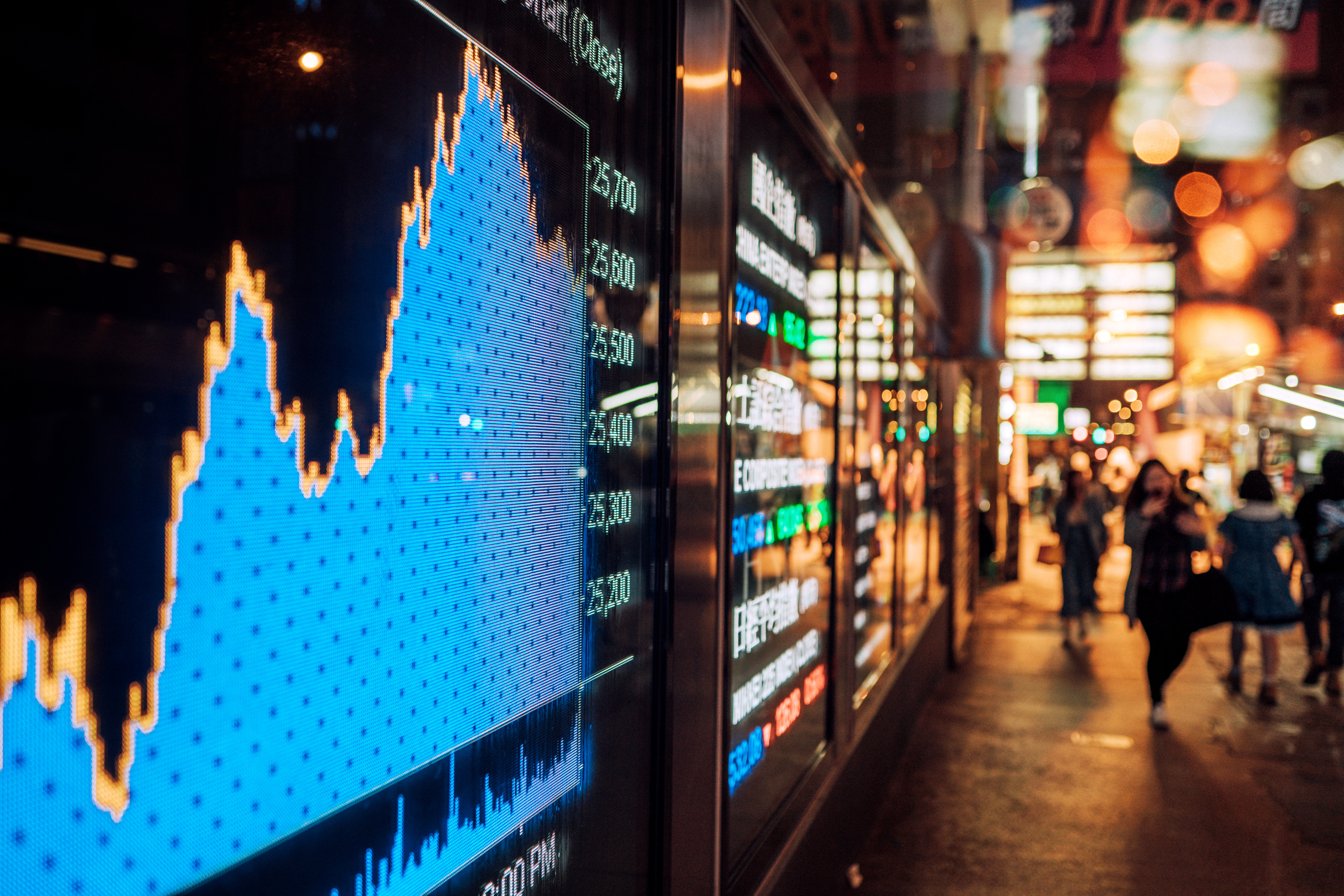How can the EU hit net-zero emissions?

There are many hurdles on the way for EU to achieve the net-zero emissions goals Image: REUTERS/Kacper Pempel
The recent failure of EU leaders to commit to a goal of net-zero emissions by 2050 exposes remaining political divisions. The bloc’s major economies are pledging to eliminate emissions, bringing them into line with the global temperature stabilization goals of the Paris Agreement. But the alignment of all 28 member states remains elusive – several countries fear voter backlash if living standards are threatened.
Europe’s leadership in the climate field, compared to the rest of the world, has inspired millions of Europeans as we are reaching a tipping point with growing public concern. After Europe-wide elections in May, the Greens became the fourth-largest group in the 751-seat European Parliament, and Green parties emerged as the leading political force in Germany and nearly doubled their share of the vote in France, the United Kingdom, Finland and Denmark. The newly appointed European Commission president, Ursula von der Leyen, promised to commit to carbon neutrality by 2050 as part of a “green deal” for Europe.

The United Kingdom and France have voted into law 2050 net-zero emissions targets, setting the two G7 countries on an ambitious path that will require additional policies across economic sectors. The largest emitter in Europe, Germany, has asked for a unified endorsement of mid-century climate neutrality goals. These three countries make up close to half of the bloc’s total emissions.
The Nordic countries – Norway, Sweden, Finland and Denmark – have established plans for net-zero emissions, with varying timetables, either as policy positions or enacted laws. Ireland recently put forth a climate strategy with a 2050 net-zero emissions target, but it remains off-track to meet its shorter-term 2020 and 2030 targets. Portugal has set out a policy roadmap for achieving net-zero emissions and has called on the EU to take-up the mid-century goal.
Achieving net-zero emissions: current status
Emissions in Europe fell by only 0.7% between 2017 and 2018. World demand for power has outweighed the growth in clean energy leading to a rise in global emissions for the first time in three years. With Europe responsible for 10% of global GHG emissions, setting a mid-century goal and a concrete strategy for meeting it are crucial steps for guiding the global low carbon transition.
Last year’s special report by the Intergovernmental Panel on Climate Change (IPCC) is clear in saying that global CO2 emissions should reach net-zero by 2050 to limit warming to 1.5°C. The consequences of not doing so would mean a very high chance of major environmental, economic and social impacts; virtually all coral reefs are expected to disappear, extreme weather events would become more prevalent and pervasive, and more hot extremes and low rainfall would compound to cause dangerous socio-political challenges around the world.

Hurdles ahead for net-zero emissions
While the EU appears to be on track to meet its GHG reduction goal of 20% by 2020, hurdles remain to get on a long-term path to net-zero carbon emissions. The world’s third largest greenhouse gas emitter, as a bloc, was recently found by an audit of the European Commission to be falling short on cutting emissions in major emitting sectors, including transport, farming and buildings. The question of how we get to net-zero emissions by 2050 will, therefore, have to deal with answering how the bloc will meet the interim targets of 2020 and 2030.
Poland is the largest burner of hard coal of any European country, with nearly 80% of its electricity generated from fossil fuels. Germany still burns the most polluting form of coal, lignite, which accounts for about a quarter of its total electricity generation. As a whole, fossil fuels are responsible for 43% of Europe’s electricity production. While renewables reached a share of 17% of energy consumption in 2017, the pace of growth has slowed in the past three years. The annual average percentage increase in renewable energy was about half of what is needed to reach the 2020 target. Decarbonization strategies have to be honest – building up a variety of alternative fuel sources, phasing out coal, electrifying and instituting efficiency measures for transport and buildings, and exchanging technology and knowledge to do so are among the ways available for driving the low-carbon transition.

Europe’s energy supply, industry, and transportation make up the greatest share of CO2 emissions. If we are to stabilize global temperatures, we need to stabilize the concentrations of greenhouse gases with carbon-free electricity, deliver greater efficiency in our industries and infrastructure for lowering demand – transitioning away from the industrial processes of the past. Europe has already shown it can do this. Between 1990 and 2017, the bloc grew its economy while reducing its emissions by 22%. The European Commission expects the same for the future – with the economy projected to more than double by 2050, relative to 1990, in step with a transition to full decarbonization.
Europe’s heavy industries, like steel, plastics and cement, accounting for 14% of total GHG emissions, are well placed for delivering reductions needed for the mid-century goal. A pathway to net-zero emissions in these “hard-to-abate” sectors is a possibility, as outlined by a report this year from the consultancy Material Economics. The cost of reaching that target is said to be €40-50 billion a year by 2050, about 0.2% of projected EU GDP. However, safeguarding industry competitiveness is where it gets difficult. A net-zero pathway can mean 20-30% higher production costs for steel and 20-80% more for cement and chemicals in an already competitive international market. Facilitating polices and viable clean energy sourcing are essential to alleviating impact to their bottom line.
How is the World Economic Forum facilitating the transition to clean energy?
While the EU has a relatively small share in the global GHG emissions when compared to the US and China, European countries can lead by example and show how tackling climate change can be a condition for Europe’s prosperity and stability.
Europe has already shown it is capable of decoupling CO2 emissions from economic growth – as per the 22% reduction since 1990. But with no sign of global emissions stabilizing or declining, it is crucial that political and business leaders step up with bold long-term goals and concrete policies for achieving net-zero emissions. The majority of countries in Europe back the adoption of a net-zero GHG emissions goal – and with further steps to address remaining concerns from the few that have stalled it, there is a strong signal that the region can continue to lead on climate.
During the UN Climate Action Summit in September where new actions for meeting the challenge of meeting net-zero emissions by 2050 will be presented, every country’s commitment to long-term decarbonization and enhancing their national climate plans – or Nationally Determined Contributions (NDCs) – is an important step in the right direction to a much-needed transformation.
Don't miss any update on this topic
Create a free account and access your personalized content collection with our latest publications and analyses.
License and Republishing
World Economic Forum articles may be republished in accordance with the Creative Commons Attribution-NonCommercial-NoDerivatives 4.0 International Public License, and in accordance with our Terms of Use.
The views expressed in this article are those of the author alone and not the World Economic Forum.
Stay up to date:
Climate Crisis
Forum Stories newsletter
Bringing you weekly curated insights and analysis on the global issues that matter.
More on Climate Action and Waste Reduction See all
Planet in focus: The technologies helping restore balance – and other news to watch in frontier tech
Jeremy Jurgens
November 13, 2025






